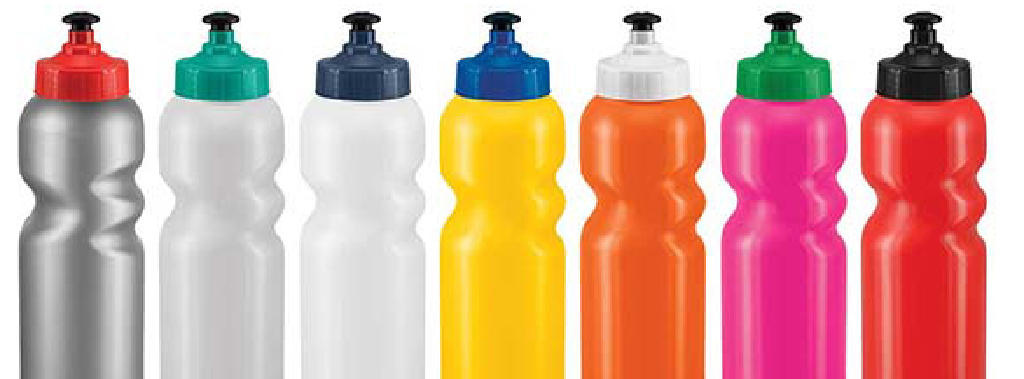Latest News
Share this post:
Snow, water, dirt and pebbles have a way of sneaking into even the most waterproof of boots. To prevent this, put on some gaiters. Gaiters cover the vulnerable tops of your footwear to fully protect your feet from the elements.
Gaiter shopping is not complicated. To choose the right gaiters for you, consider the following:
-
-
-
-
- How you’ll use your gaiters: The kind of trip you have planned can determine the type of gaiter you need.
- How tall do you want your gaiters? Tall gaiters and short gaiters have very different end uses.
- What features do you need? Choose features like waterproof fabric, top closures and instep straps.
-
-
-
Choosing Gaiters by Activity
The right pair of gaiters depends on the kinds of trips you have planned and the weather and trail conditions you expect. The main uses include:
-
-
-
-
- Hiking: Gaiters for hiking are typically lightweight and breathable, and offer basic protection against rocks, grit and light rain while on mild-weather excursions.
- Backpacking: Gaiters for backpacking offer slightly more protection against rock abrasion and water than hiking gaiters. These are designed for all-around hiking and can also be used for snowshoeing, mountaineering and cross-country skiing.
- Mountaineering: Gaiters for mountaineering provide heavy-duty protection and some add insulation for extended trips in harsh conditions. Most feature a waterproof, breathable fabric for superior comfort and protection.
- Running: Gaiters for trail running are usually very lightweight and compact. Their main purpose is to keep debris out of your shoes while you’re on the trail.
-
-
-
Gaiter Height

Gaiter height depends on how much protection you need. Generally, for use in snow or when you’re heading off trail, you’ll want a taller gaiter. Shorter gaiters are great for trail running and hiking.
-
-
-
-
- Over-the-ankle: These low gaiters are primarily designed for trail running or summertime hiking where the goal is to keep pebbles and other trail debris out of your shoes and boots.
- Mid-calf: These gaiters are usually about 8-to-12-inches tall. These are best for less-than-extreme conditions when you just need to keep trail debris and rain out of your boots.
- Knee: These are typically around 15-to-18-inches tall and are designed for rugged conditions such as hiking through deep snow and wet brush, or in bad weather.
-
-
-
Gaiter Features
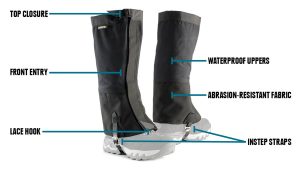
-
-
-
-
- Waterproof: Gaiters for mountaineering and snow sports are typically made with a waterproof, breathable material to keep moisture from snow and glaciers out of your boots. If you’ll be tromping through wet or snowy conditions, look for waterproof gaiters.
- Insect repellent: Occasionally, you’ll find a gaiter that is made with insect repellent material to help keep mosquitoes, ticks and other biting insects away. This can be helpful for hiking and backpacking in areas known to be buggy.
- Abrasion-resistant fabric: Some gaiters include rugged abrasion-resistant nylon on the lower portion. It’s designed to withstand the abrasion of ice, rocks and the occasional nick of crampon points.
- Soft-shell fabric: Soft-shell fabric offers flexibility and stretch as well as excellent weather protection.
- Coated nylon: Basic gaiters are very light and are usually made with polyurethane-coated nylon. If a short day hike or fast-packing through talus, sand or wet brush is on your agenda, this type of fabric will work just fine.
- Entry system: Gaiters for hiking and mountaineering are usually opened and secured by long strips of hook-and-loop fastener (VELCRO® brand or similar) down the fronts of the gaiters.
- Top closures: Basic gaiters are typically cinched with toggles and elasticised drawcords; some models are a bit fancier and feature a dedicated top strap with cam buckle.
- Instep straps: These secure the lower edge of your gaiters around your boots’ insteps. Basic gaiters come with simple lace straps. Premium gaiters feature beefier leather/synthetic straps for extra durability.
- Lace hooks: Offered on some styles, these let you attach your boot laces to your gaiters for added security.
-
-
-
Tips for Choosing and Using Gaiters
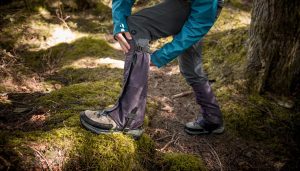
-
-
-
-
- Size them correctly: Most gaiter styles come in sizes, which are aligned with a range of boot sizes. When you try them on, start by sticking the hook-and-loop front entry system together. Then engage the lace hook and adjust the instep strap to make sure the fit is snug. Your goal is to achieve the best possible seal around your boots.
- Adjust the fit: You can use the hook-and-loop entry system to adjust the fit of the gaiters. For instance, if you have larger calves, you don’t need to overlap the hook-and-loop fastener all the way. Generally, a half-inch of overlap is sufficient.
- Place the buckles to the outside: Put the gaiters on so that the buckles on the instep straps are to the outsides of your feet. If you place them on the inside, you may accidentally kick the buckles while walking.
- Snug the top closures: You don’t need to over tighten the straps at the top of the gaiters. Just snug them up so the gaiters won’t slip down your leg. Over tightening them will be uncomfortable.
- Use the hooks: On gaiters that have lace hooks, strive to hook the laces as far down on your boot as you can reasonably reach. On bigger boots, like those for mountaineering, you probably won’t be able to reach all the way to the laces closest to the toes.
- Wear gaiters under your rain pants: In a downpour, try wearing your gaiters underneath your rain pants to create a shingled effect that effectively sheds rain. If you wear your gaiters over your pants, rain can run down your pants, underneath the gaiters and into your boots.
-
-
-


 Collecting and Propagating Seeds
Collecting and Propagating Seeds China on a Plate: The Flavours of a Nation (with a Spotlight on Sichuan)
China on a Plate: The Flavours of a Nation (with a Spotlight on Sichuan)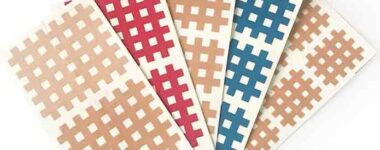 Kinesiology Cross Patches
Kinesiology Cross Patches Camaraderie On a Walking Tour…
Camaraderie On a Walking Tour…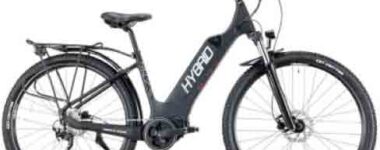 How E-Biking Has Transformed Biking Tours
How E-Biking Has Transformed Biking Tours